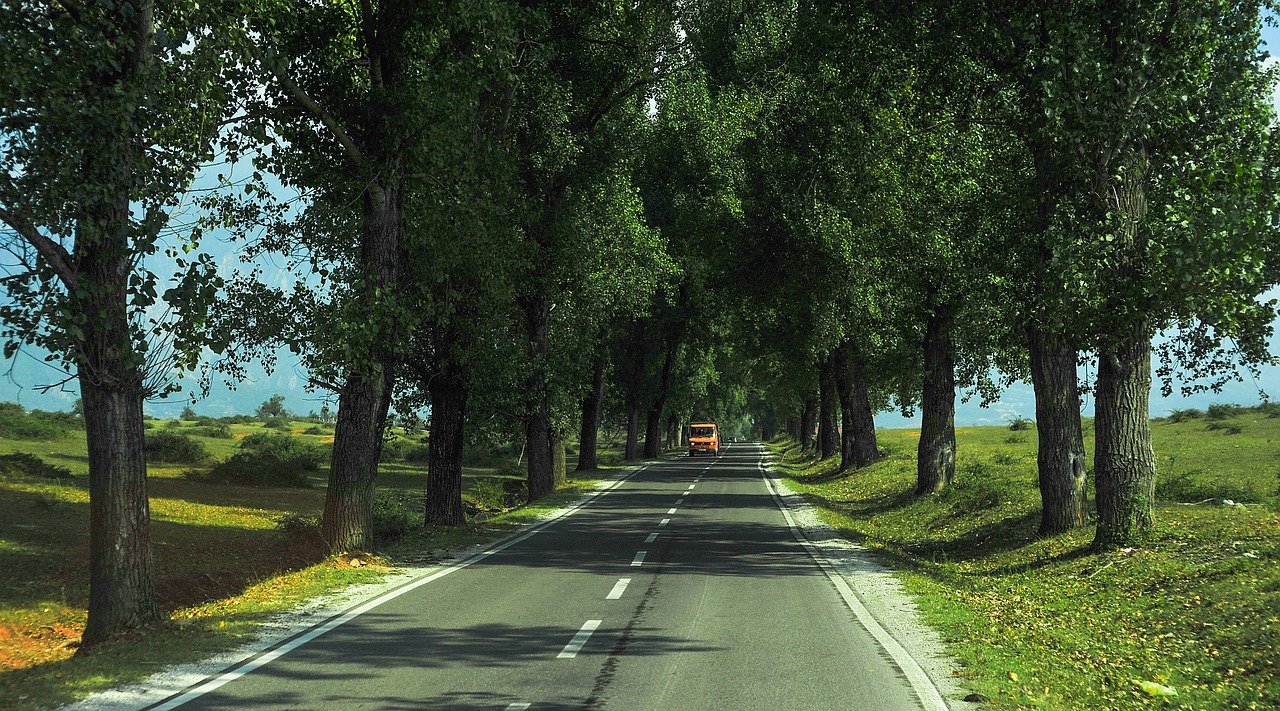Driving pollutes, but you can choose to do it in the most rational way, reducing your impact, saving on consumption and emissions: this is how it’s done!

Source: Pixabay
Drive efficiently
It is clear that, when talking of sustainable means of transport, the car represents the least advisable one due to its strong environmental impact, also because it is often used for individual use (although in recent years various forms of carpooling have spread, both for work and vacation). If the best solution, therefore, remains to find an alternative (feet and bicycles for short journeys, collective vehicles for longer ones), in cases where the “dear car” is indispensable, virtuous behavior can be adopted to reduce the environmental impact of our driving (and save a little money as well).
The importance of programming
Do we need anything? How many times do we take the keys on the fly and go out? Once back home, then, we discover that something else is missing and we leave. Our car consumes more when the engine is cold, while the use of fuel (and the resulting emissions) is reduced when the engine is running. The savings we do are, therefore, evident, in economic and ecological terms, when we are able to make more trips using the car once, compared to what would happen by making separate routes. We and optimize our travels.
We travel light (in and out)

Source: Pixabay
A weighted body has more difficulty moving: this rule applies to people and also to cars. So let’s avoid filling our vehicle with useless objects because every extra kilo we carry increases consumption and therefore spending. For the same reason, let’s remember to disassemble luggage racks, bicycle racks, and everything else that reduces aerodynamics when they are not needed.
We check that the car is in perfect health
Checking the “weight” is not enough: to keep the car in good health, and, therefore, to reduce consumption (and emissions), a check-up is necessary. Many, for example, are unaware that driving with flat tires and rolling resistance can cause increased fuel consumption just as, conversely, using tires with the lowest rolling resistance saves up to 3% fuel (and reduces noise).
A well-lubricated engine produces fewer emissions and using low viscosity oils to replace conventional ones allows you to reduce fuel consumption by up to about 4%.
Relaxed drivings mean guaranteed savings

Source: Pixabay
Do you want to save fuel and avoid getting nervous? Maintain a relaxed, that is to say, regular driving, avoiding sudden gear changes: the environment and your nervous system will thank you.
Therefore, avoid always keeping your foot on the accelerator by making races that can be dangerous for you, for other motorists, and for the environment. Finally, remember that your car reduces engine revolutions and cuts emissions when the highest possible gear is engaged, so avoid traveling your journey with low gears, and when you arrive at your destination, or in any case, you stop for a medium period long stop the engine.
Less air conditioning, more savings
We often do not reflect on how many options such as air conditioning also affect consumption. We, therefore, avoid any use that is not strictly necessary, and, even when active, we use these accessories in an intelligent way. If we don’t have a penguin with us to take back to the pole, let’s avoid freezing the passengers.


